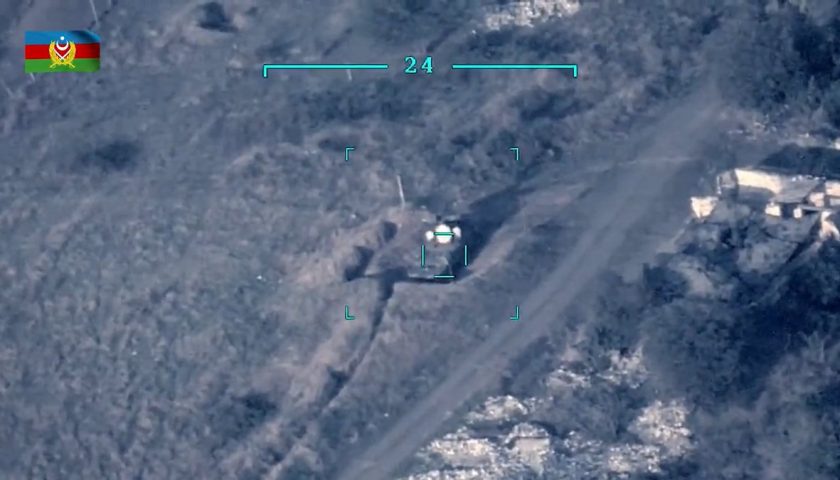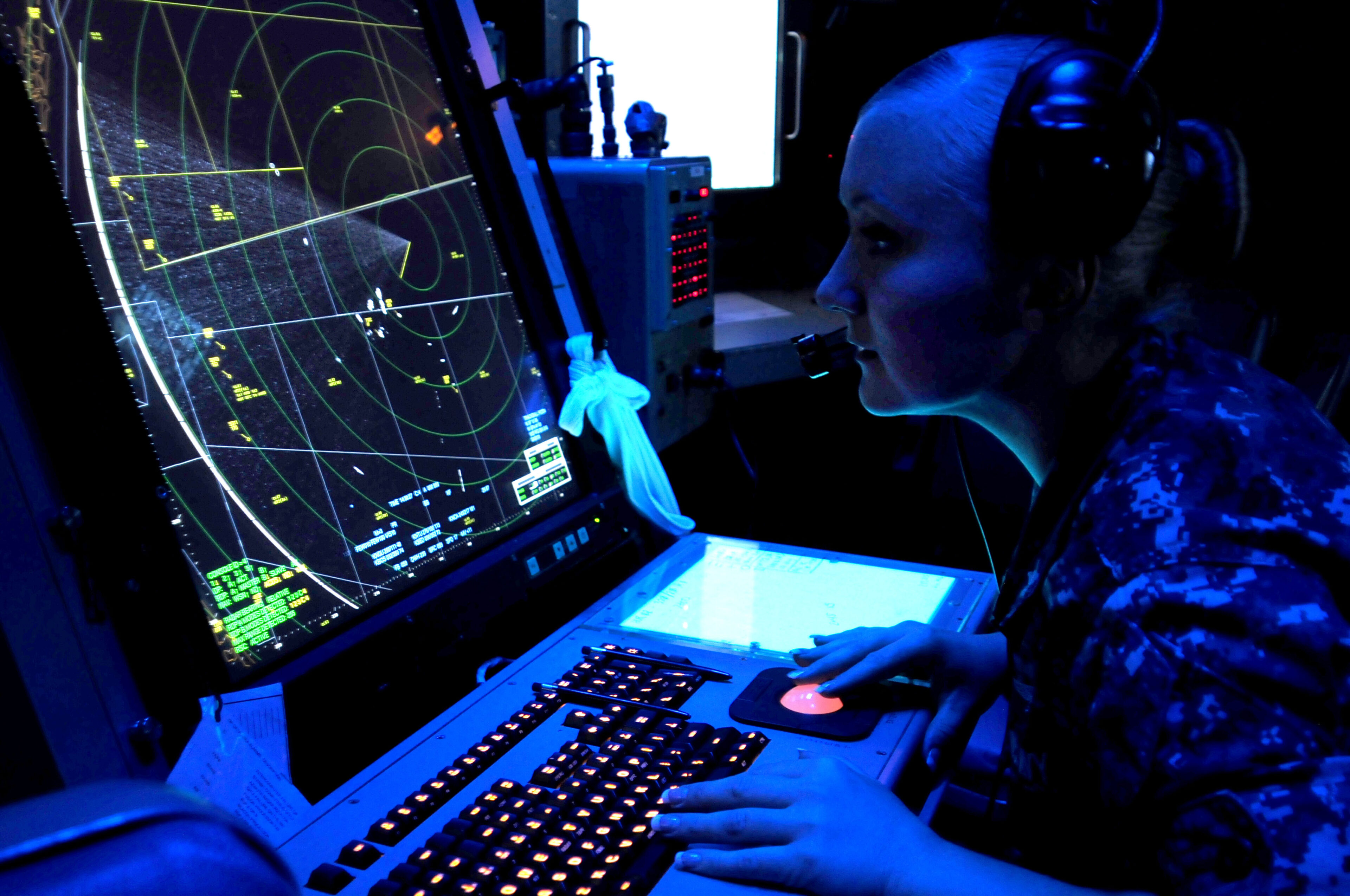The systematic elimination of all Armenian anti-aircraft defenses by the Azeri forces was a determining element in the dazzling success obtained by the latter in the face of seasoned and well-armed soldiers during the war. 2020 conflict in Nagorno-Karabakh. To achieve this, the Baku General Staff had implemented a strategy that was both simple and highly effective. As soon as an anti-aircraft system activated its radar, it was detected and located by the electronic detection systems crisscrossing the battlefield, after which either the target was destroyed by drones or vagrant ammunition if an electronic warfare unit capable of interfering with enemy fire control was nearby, it was engaged by Azeri artillery, for the same result. It is true that the vast majority of the systems in service within the Armenian forces being Soviet or Russian systems using a beam line, the jamming was simplified, especially since the Azeri themselves used equivalent systems and therefore knew some. perfectly functioning, such as weaknesses.
The weakness of electromagnetic detection
In fact, today, the activation of active detection systems, such as radar for example, amounts to giving the adversary his position and even very often his exact nature, far beyond what the system can itself. even detect. And the rise in range, as in range, of long-range intelligent munitions, now poses a very real and immediate threat to any system emitting electromagnetic radiation on the battlefield, including light under laser shape. However, modern combat strategies and doctrines are based precisely on perfect knowledge of the elements present, requiring the emergence of a new way of locating and identifying the adversary, passive detection, making it possible to detect units. and enemy systems without their being aware of it.

This principle is not, strictly speaking, new. For centuries, armies deployed scout battalions to learn about the position and nature of opposing forces, with the primary objective of remaining discreet. Already in the 6th century BC, Sun Tzu wrote “ If you don't know yourself or your opponent, in every battle you will be defeated.". With the advent of electromagnetic detection systems during World War II, a new form of detection also appeared, this time passive, initially based on radio direction finding. However, for more than 50 years, the benefit provided by radar systems largely offset the risks associated with the precise location of these detection systems, leading to their proliferation on all battlefields, whether aerial or land.
Naval warfare at the forefront

75% of this article remains to read,
Subscribe to access it!
The Classic subscriptions provide access to
articles in their full version, and without advertising,
from 6,90 €.
Newsletter subscription
Register for the Meta-Defense Newsletter to receive the
latest fashion articles daily or weekly

